animal papercraft
-
PaperzoneVN is a non-profit community, with Papercraft, Kirigami, Origami content freely shared among its members.
PaperzoneVN is not responsible for any Files posted by members themselves.
-
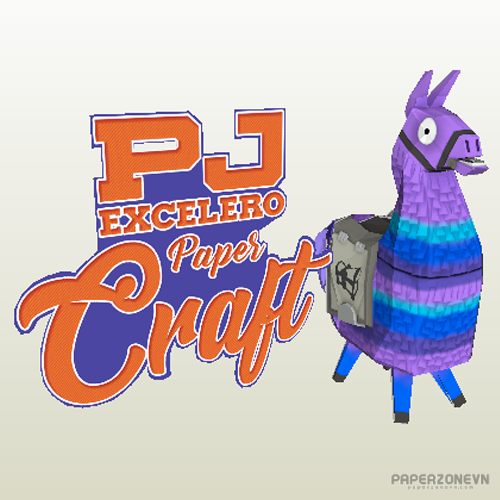
Game [Fortnite] Supply Llama by PJ Excelero Papercraft
Supply Llama – Fortnite’s Colorful Loot Icon The Supply Llama is one of the most iconic and whimsical elements in the world of Fortnite. Shaped like a colorful cartoon llama, it appears randomly on the map, packed with rare loot like ammo, building materials, and healing items – making it a...- minhieu
- Thread
- animal papercraft fortnite papercraft pj excelero papercraft
- Replies: 0
- Forum: Movie - Game
-
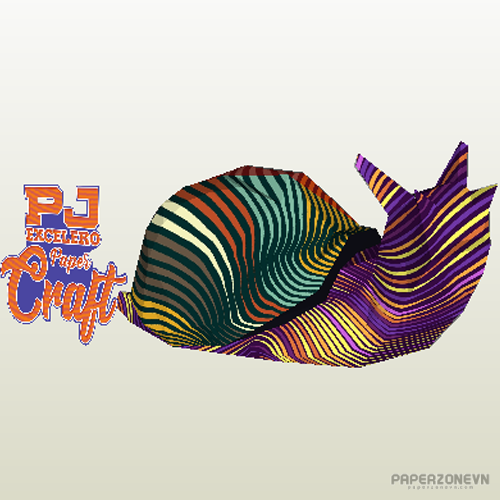
Animals Low Poly [Snail] Caracol
Caracol – A Cute Snail Character for Crafts and Games “Caracol” means “snail” in Spanish. It’s often used in cute miniature figures, papercraft, or animations, symbolizing patience and slow persistence.- minhieu
- Thread
- animal papercraft low poly papercraft snail
- Replies: 0
- Forum: Flora & Fauna
-

Animals FLOPPA¡¡¡¡¡¡!!!
- mateoz346
- Thread
- animal papercraft
- Replies: 1
- Forum: Flora & Fauna
-
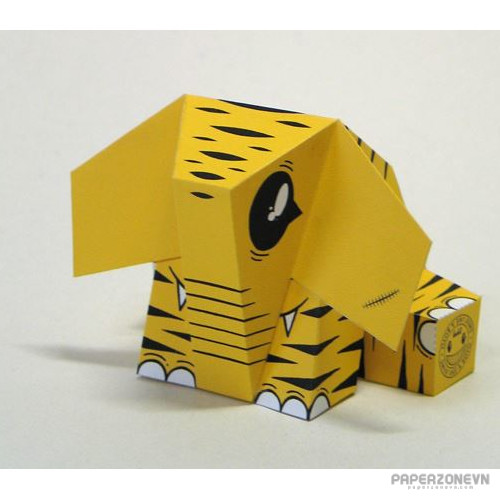
Animals Low Poly Other Elephriend - Flyger - custom by Kekli
Papertoy from the 2000's/2010's. A Platform toy named "Elephriend" designed by Maarten Janssens ( aka 3EyedBear). Here is Flyger, an Elephriend customized by Kikli.- Itsy-Bitsy
- Thread
- animal animal papercraft collection elephant low poly simple tiger
- Replies: 0
- Forum: Flora & Fauna
-
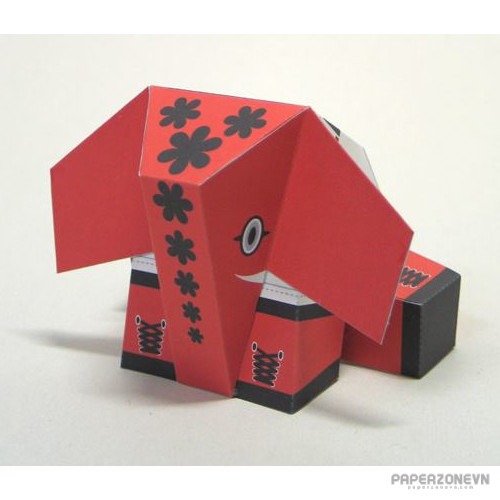
Animals Low Poly Other Elephriend - EP-S-01R- custom by Shin Tanaka
Papertoy from the 2000's/2010's. A Platform toy named "Elephriend" designed by Maarten Janssens ( aka 3EyedBear). Here is EP-S-01R, an Elephriend customized by the famous Shin Tanaka.- Itsy-Bitsy
- Thread
- animal animal papercraft elephant low poly simple sport
- Replies: 0
- Forum: Flora & Fauna
-
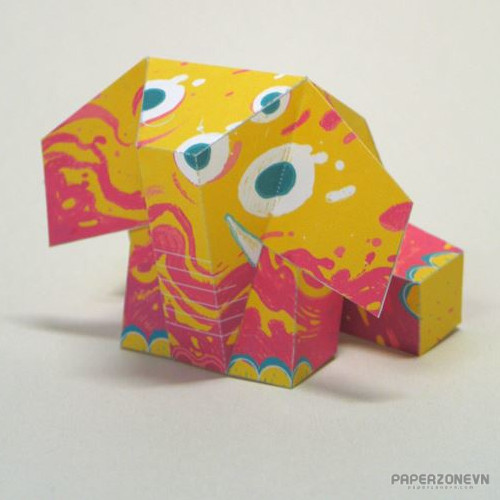
Animals Low Poly Other Elephriend - Effervescing Elephant - custom by Adrian Astorgano
Papertoy from the 2000's/2010's. A Platform toy named "Elephriend" designed by Maarten Janssens ( aka 3EyedBear). Here is Effervescing Elephant, an Elephriend customized by Adrian Astorgano.- Itsy-Bitsy
- Thread
- animal animal papercraft elephant low poly simple
- Replies: 0
- Forum: Flora & Fauna
-
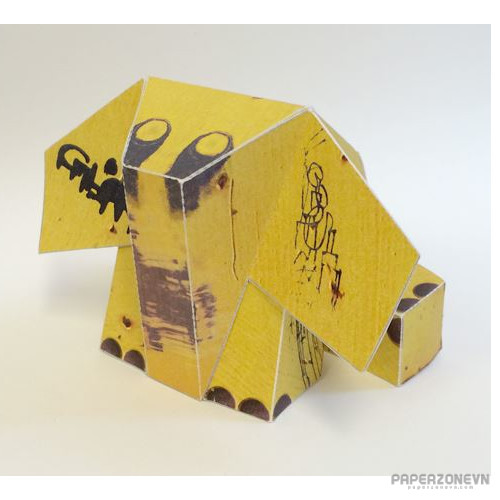
Animals Low Poly Other Elephriend - Dumpsterphant - custom by St. Hellvis
Papertoy from the 2000's/2010's. A Platform toy named "Elephriend" designed by Maarten Janssens ( aka 3EyedBear). Here is Dumpsterphant, an Elephriend customized by St. Hellvis.- Itsy-Bitsy
- Thread
- animal animal papercraft elephant low poly simple
- Replies: 0
- Forum: Flora & Fauna
-
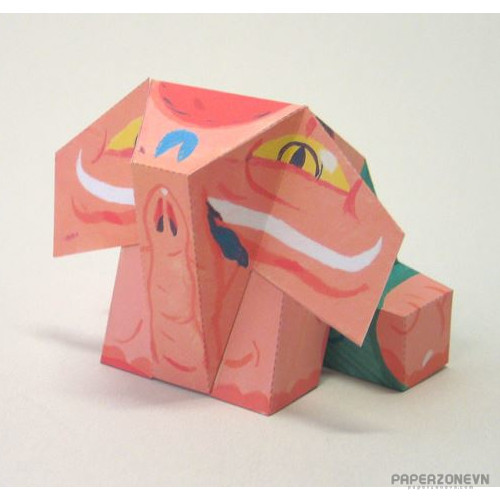
Animals Low Poly Other Elephriend - DON BABAROSA- custom by Nicolas ANDRÉ
Papertoy from the 2000's/2010's. A Platform toy named "Elephriend" designed by Maarten Janssens ( aka 3EyedBear). Here is Don BABAROSA, an Elephriend customized by Nicolas ANDRÉ.- Itsy-Bitsy
- Thread
- animal animal papercraft elephant low poly simple
- Replies: 0
- Forum: Flora & Fauna
-
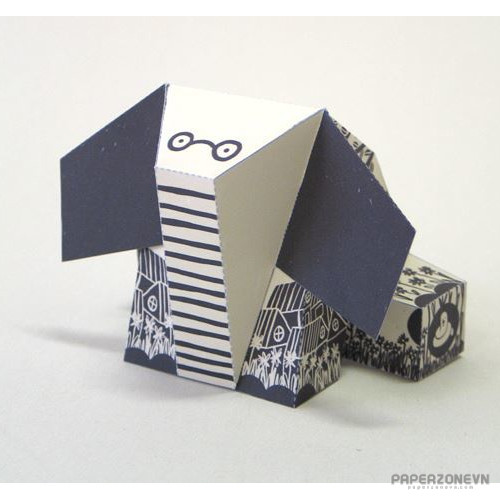
Animals Low Poly Other Elephriend - Country life - custom by Caca de oruga
Papertoy from the 2000's/2010's. A Platform toy named "Elephriend" designed by Maarten Janssens ( aka 3EyedBear). Here is the "Country life" elephriend, customized by Caca de oruga.- Itsy-Bitsy
- Thread
- animal animal papercraft collection elephant low poly old
- Replies: 0
- Forum: Flora & Fauna
-
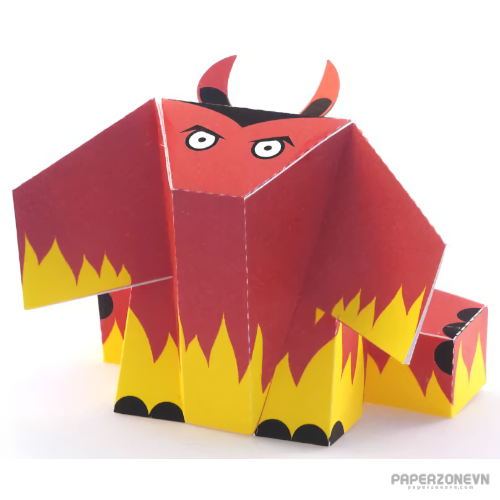
Animals Low Poly Other Elephriend - Devil- custom by Digitprop
Papertoy from the 2000's/2010's. A Platform toy named "Elephriend" designed by Maarten Janssens ( aka 3EyedBear). Here is Devil, an Elephriend customized by Digitprop.- Itsy-Bitsy
- Thread
- animal animal papercraft collection elephant low poly
- Replies: 0
- Forum: Flora & Fauna
-
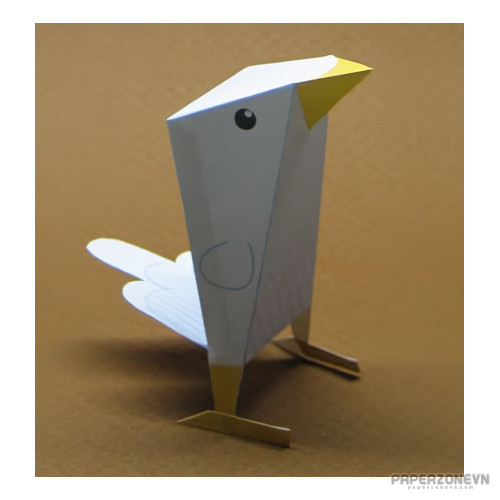
Animals Aerial Low Poly Bird - by 3EyedBear
Papertoy from the 2000's. 2 birds designed by Maarten Janssens ( aka 3EyedBear). There is also a blank template if you want to customise your own bird.- Itsy-Bitsy
- Thread
- animal animal papercraft bird low poly
- Replies: 0
- Forum: Flora & Fauna
-
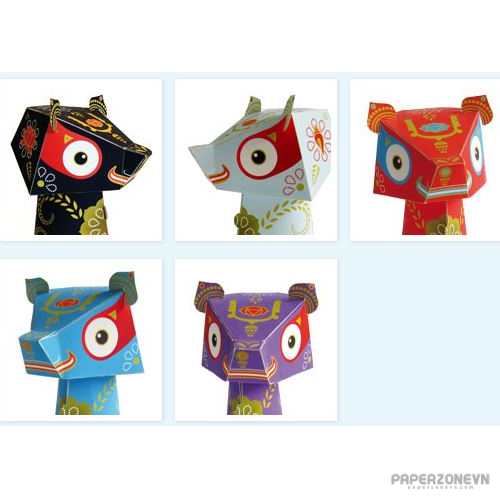
Animals Low Poly Other 3 eyed bear - Jagannatha - custom by Ivan Ricci
3eyedbear is both a papercraft and the artist name of Marteen Janssens. "3EyedBear has landed on earth as a pioneer to investigate conquering the earth. The Bear reproduces itself by being printed out and being put love, cutting and glue in it. He can pop up anywhere in the world, but don’t...- Itsy-Bitsy
- Thread
- animal animal papercraft bear indian
- Replies: 2
- Forum: Flora & Fauna
-
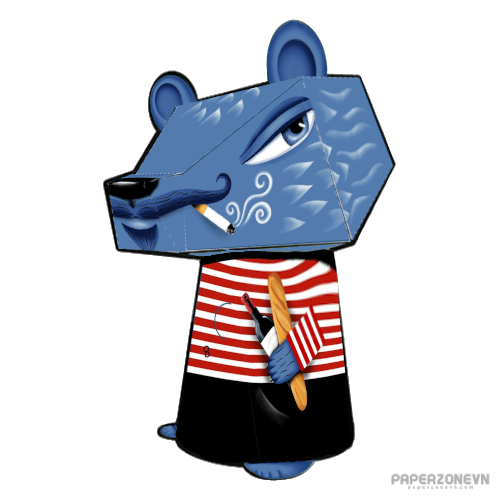
Animals Other 3 eyed bear - French - Custom by Magezoo
3eyedbear is both a papercraft and the artist name of Marteen Janssens. "3EyedBear has landed on earth as a pioneer to investigate conquering the earth. The Bear reproduces itself by being printed out and being put love, cutting and glue in it. He can pop up anywhere in the world, but don’t...- Itsy-Bitsy
- Thread
- animal animal papercraft bear
- Replies: 0
- Forum: Flora & Fauna
-
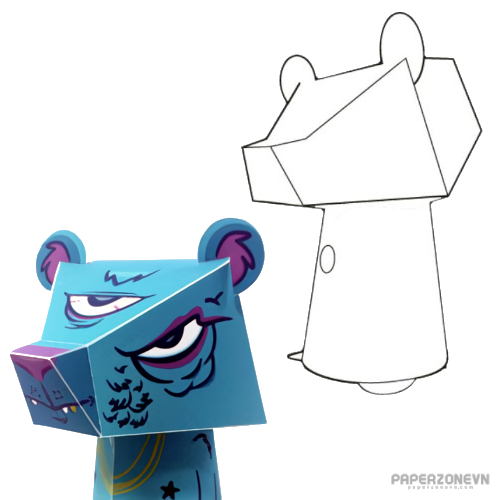
Animals Other 3 eyed bear - Custom by Leigh pearce
3eyedbear is both a papercraft and the artist name of Marteen Janssens. "3EyedBear has landed on earth as a pioneer to investigate conquering the earth. The Bear reproduces itself by being printed out and being put love, cutting and glue in it. He can pop up anywhere in the world, but don’t...- Itsy-Bitsy
- Thread
- animal animal papercraft bear monster
- Replies: 0
- Forum: Flora & Fauna
-
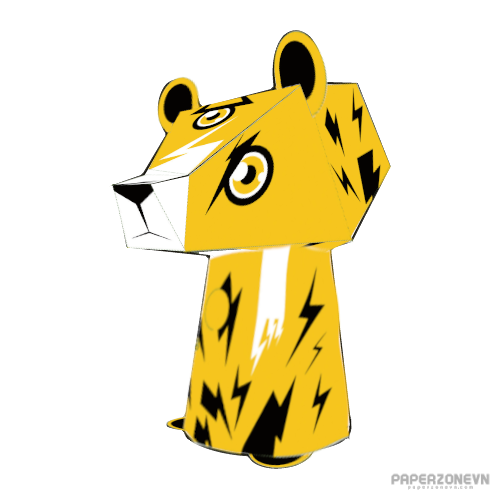
Animals Other 3 eyed bear - Custom by Hounworks
3eyedbear is both a papercraft and the artist name of Marteen Janssens. "3EyedBear has landed on earth as a pioneer to investigate conquering the earth. The Bear reproduces itself by being printed out and being put love, cutting and glue in it. He can pop up anywhere in the world, but don’t...- Itsy-Bitsy
- Thread
- animal animal papercraft bear tiger
- Replies: 0
- Forum: Flora & Fauna
-
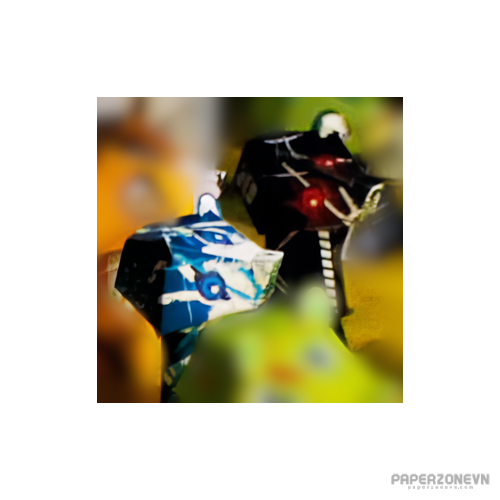
Animals Other 3 eyed bear - 2 robots - Custom by Hounworks
3eyedbear is both a papercraft and the artist name of Marteen Janssens. "3EyedBear has landed on earth as a pioneer to investigate conquering the earth. The Bear reproduces itself by being printed out and being put love, cutting and glue in it. He can pop up anywhere in the world, but don’t...- Itsy-Bitsy
- Thread
- animal animal papercraft bear darth vader robot
- Replies: 0
- Forum: Flora & Fauna
-
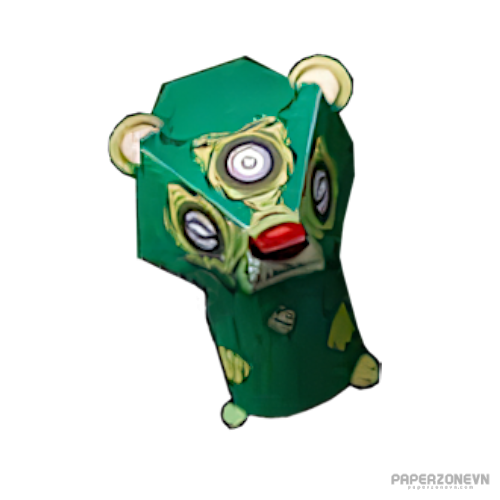
Animals Other 3 eyed bear - Custom by Horrorwood
3eyedbear is both a papercraft and the artist name of Marteen Janssens. "3EyedBear has landed on earth as a pioneer to investigate conquering the earth. The Bear reproduces itself by being printed out and being put love, cutting and glue in it. He can pop up anywhere in the world, but don’t...- Itsy-Bitsy
- Thread
- animal animal papercraft bear
- Replies: 0
- Forum: Flora & Fauna
-
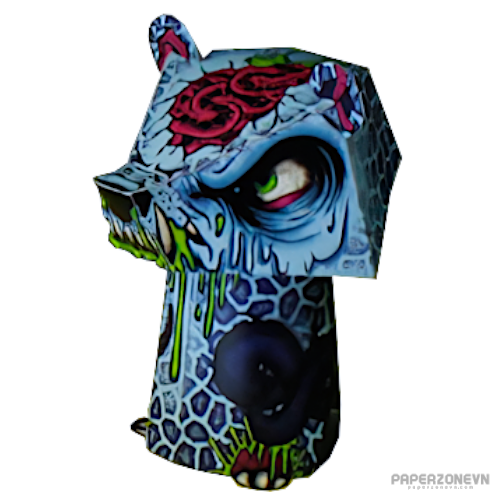
Animals Other 3 eyed bear - Zombie - Custom by Corefolio
3eyedbear is both a papercraft and the artist name of Marteen Janssens. "3EyedBear has landed on earth as a pioneer to investigate conquering the earth. The Bear reproduces itself by being printed out and being put love, cutting and glue in it. He can pop up anywhere in the world, but don’t...- Itsy-Bitsy
- Thread
- animal animal papercraft bear monster zombie
- Replies: 0
- Forum: Flora & Fauna
-
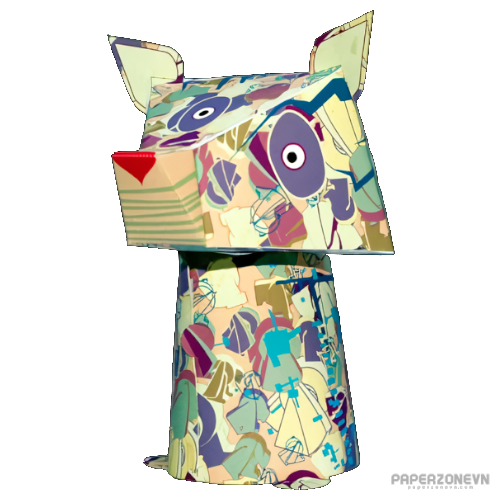
Animals Other 3 eyed bear - custom by Marko Zubak (aka Yebo Maycu)
3eyedbear is both a papercraft and the artist name of Marteen Janssens. "3EyedBear has landed on earth as a pioneer to investigate conquering the earth. The Bear reproduces itself by being printed out and being put love, cutting and glue in it. He can pop up anywhere in the world, but don’t...- Itsy-Bitsy
- Thread
- animal animal papercraft bear
- Replies: 0
- Forum: Flora & Fauna
-
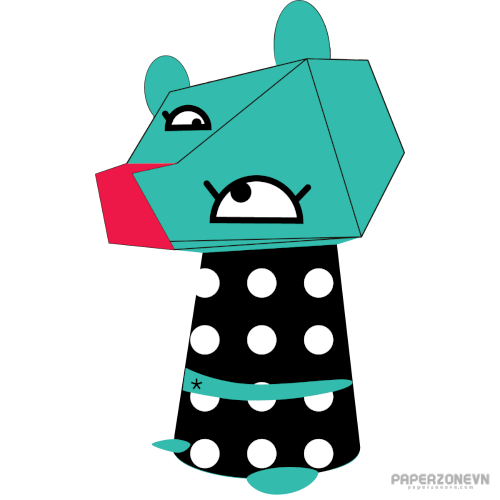
Animals Other 3 eyed bear - Custom by We talk about
3eyedbear is both a papercraft and the artist name of Marteen Janssens. "3EyedBear has landed on earth as a pioneer to investigate conquering the earth. The Bear reproduces itself by being printed out and being put love, cutting and glue in it. He can pop up anywhere in the world, but don’t...- Itsy-Bitsy
- Thread
- animal animal papercraft bear
- Replies: 0
- Forum: Flora & Fauna
